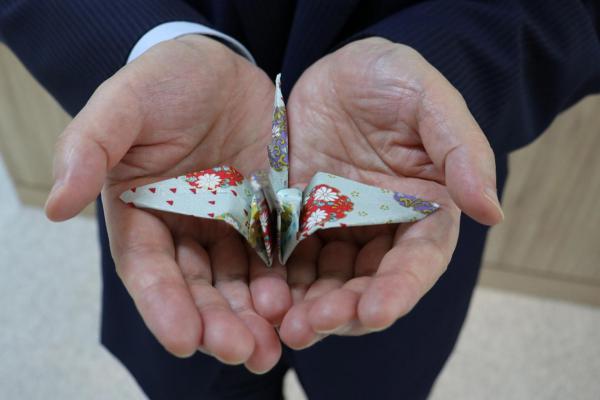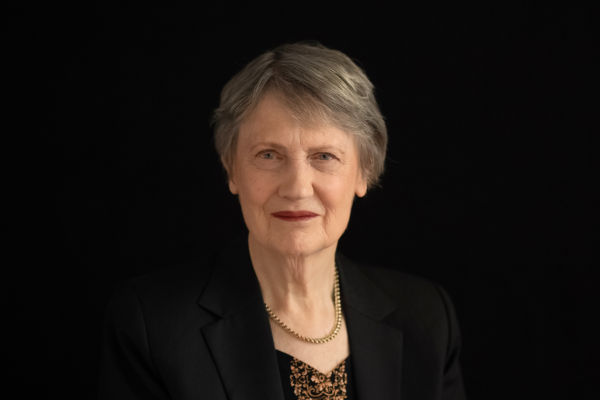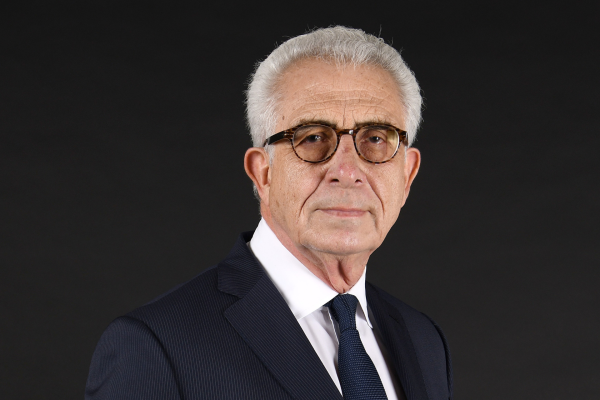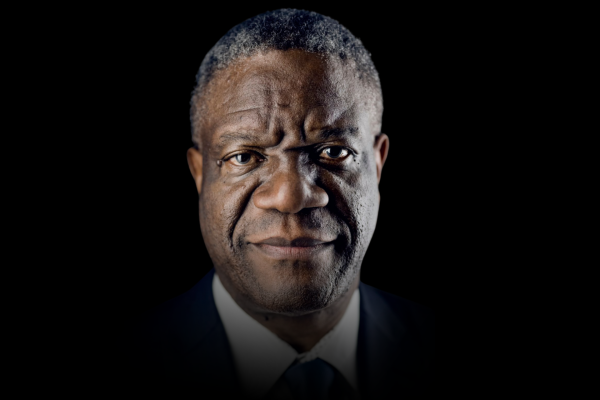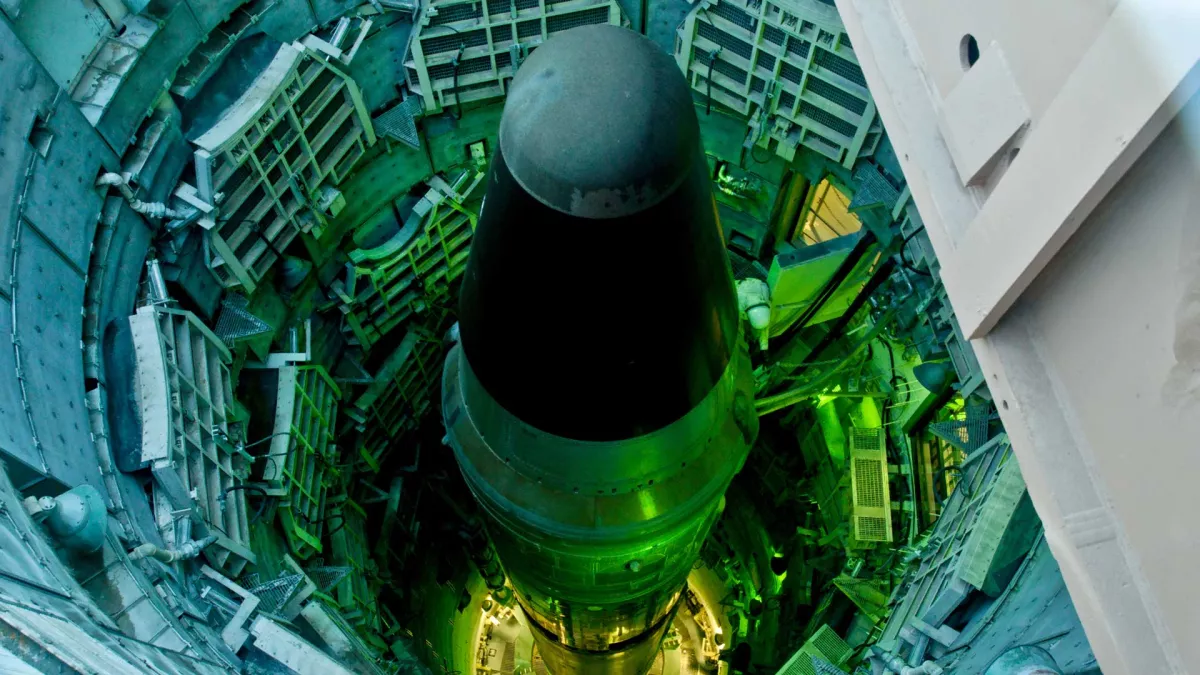
The Elders’ Policy Advisor, Tom Brookes, blogs on the current state of nuclear tensions and the options for achieving disarmament.
When the first atomic bomb exploded over Hiroshima on 6 August 1945, it made no distinction between combatants and civilians. Almost everyone within a half kilometre radius was killed instantly, those in surrounding areas died soon after of horrifying burns and wounds. Many who survived the immediate aftermath of the bombing suffered agonising deaths later from the effects of radiation.
As we mark the 75th anniversary of the atomic bombings of Hiroshima and Nagasaki, it is crucial that the survivors of the bombings, the hibakusha, are at the forefront of discussions about nuclear weapons. Their powerful appeals for a nuclear free world have been a driving force in highlighting the moral unacceptability of a weapon that causes such indiscriminate and terrible suffering. Yet despite their efforts, the threat posed by nuclear weapons is now higher than at any point since the height of the Cold War, and abolition remains a distant prospect.
One driving factor in increasing these risks has been the Trump Administration’s scepticism towards existing arms control agreements. Withdrawals from the Intermediate-Range Nuclear Forces (INF) Treaty, the Iran nuclear agreement and the Open Skies Treaty have undermined important safeguards against nuclear catastrophe, while reports suggest that US officials have even considered conducting a nuclear test. Comments by the US Presidential Arms Control Envoy, Marshall Billingslea, that the US knows how to “win” a nuclear arms race and “spend an adversary into oblivion” have further exacerbated fears.
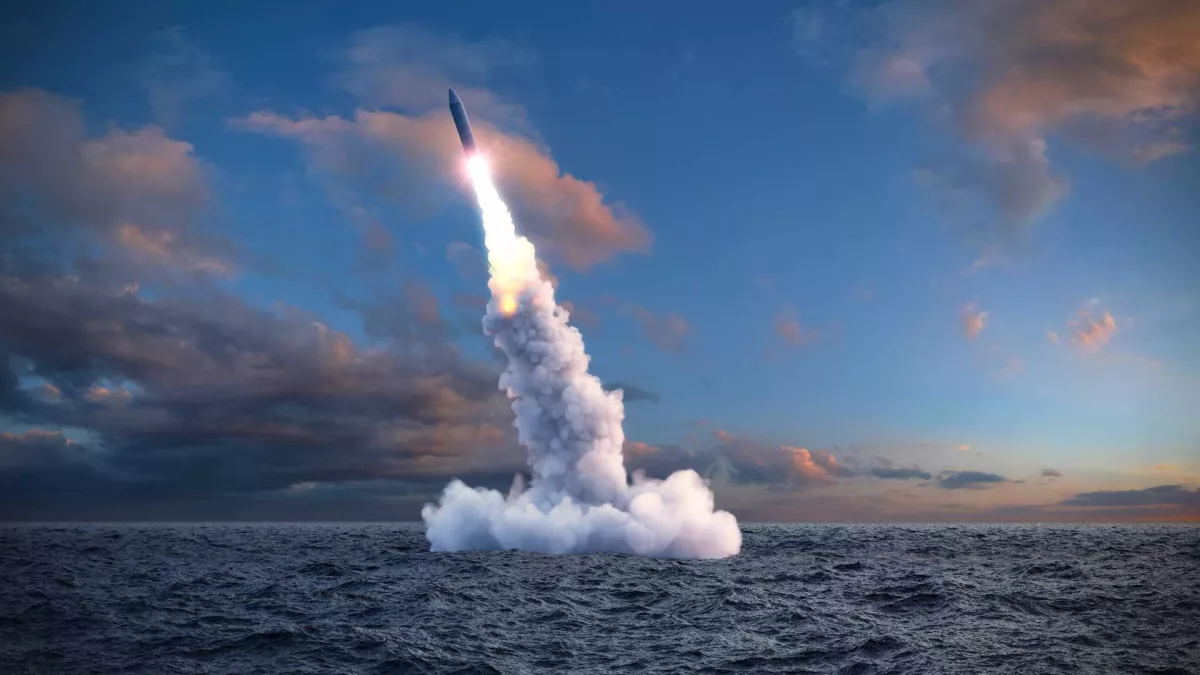
Geopolitical tensions are significantly increasing these risks, as other nuclear powers – including Russia, China and India – are also modernising their arsenals and developing exotic and destabilising new weapons. Dangerous recent military confrontations between India and Pakistan have underlined the seriousness of these
threats, while fears that cyber attacks could interfere with command and control systems have added additional instability into this already toxic mix.
Given this context, the need to reduce nuclear risks has become an increasingly urgent concern. Without doubt, the only way to guarantee that nuclear weapons will never be used is to eradicate them entirely. This is the explicit goal of Treaty on the Prohibition of Nuclear Weapons (TPNW), which has now been ratified by 40 states and is rapidly moving towards entry into force.
However, while this is an important and welcome development, none of the nuclear states or their allies have signed the treaty or appear likely to do so in the short term. The Elders propose that the immediate priority must be to persuade the nuclear states to take urgent action to reduce the threat of nuclear catastrophe.
An immediate step would be for President Putin and President Trump to sign a five year extension to the New Strategic Arms Reduction Treaty (New START), which is due to expire in February 2021, and is the last remaining bilateral treaty setting limits on the Russian and American nuclear arsenals. President Putin has indicated his willingness to do so, but extension has been held up by US insistence on bringing China into a new trilateral arms control negotiation.
While not an entirely unreasonable goal in principle, few believe there is time to negotiate a new treaty before New START expires, even if China were willing to do so. Extending the treaty and seeking to bring additional nuclear powers into arms control discussions at a later date would appear to be a more practical approach.
Secondly, efforts must be made to limit the fallout from the recent collapse of the INF Treaty, which had banned the US and Russia from possessing land-based short and intermediate range missiles. Serious negotiations are needed to ensure that the breakdown of the treaty does not lead to the widespread deployment of these weapons in Europe or in Asia.
Finally, the nuclear powers must get serious about taking concrete steps towards disarmament. As proposed in The Elders’ minimisation agenda, in the first instance this should be focused on measures to reduce risks and minimise the threat posed by nuclear weapons, paving the way for their eventual elimination. Priority areas for action include the adoption of No First Use by all nuclear states, taking as many warheads as possible off high alert and out of deployment, and dramatically reducing overall nuclear stockpiles.
The Elders’ proposals, even if fully implemented, are only a step in the right direction. As the hibakusha have powerfully argued, the end goal has to be the complete abolition of nuclear weapons. However, The Elders believe that these proposals could provide a pathway towards a significantly safer future for humanity and may provide our best hope for ultimately achieving a nuclear free world.




